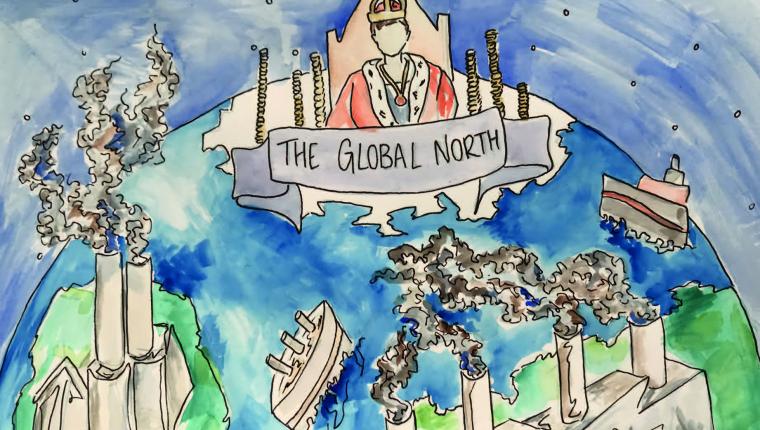
Degang, S., Yingqi, Y. (2024). China's Greater Periphery Diplomacy in the New Era of Emerging "Global East". BRIQ Belt and Road Initiative Quarterly, 5(3), 366-385.

This work is licensed under a
Creative Commons Attribution 4.0 International License.
With the prolonged Russia-Ukraine war in Europe and the Israel-Hamas conflict in the Middle East, the “Global East” is rising in the shifting world order. The East Asian countries (represented by China, Japan and South Korea), the Southeast Asian countries (represented by Indonesia), the South Asian countries (represented by India and Pakistan), the Central Asian countries (represented by Kazakhstan), the West Asian countries (represented by Saudi Arabia, Iran and Türkiye), and the North Asian countries (represented by Russia) have formed a complex of security, politics, economics, and civilization. In the current global climate, China conducts its greater periphery diplomacy in the “Global East” to consolidate its security and development. In the transition from US hegemony to multipolarity, the politics of historical self-definition has been on the rise, while Asian countries have awakened to nationalism and strategic autonomy. The stagnation of globalization and the lack of liberal economic growth made neighborhood diplomacy a top priority for Asian countries. Thus, the countries of the “Global East” moved from the periphery and semi-periphery to the center of the world stage by adopting bottomup economic development instead of top-down democratic transformation as the main path to modernization.
Keywords: Central Asia, China, Global East, Global West, Global South.
